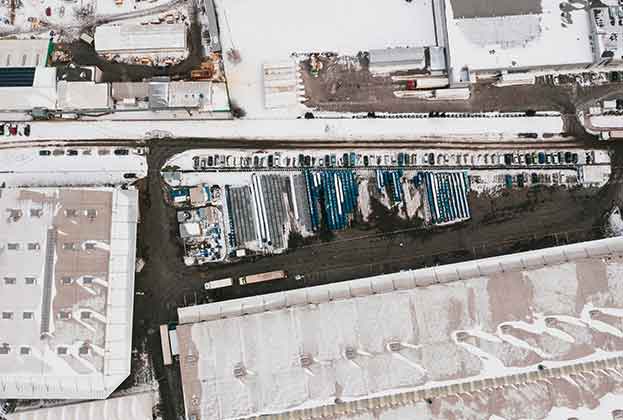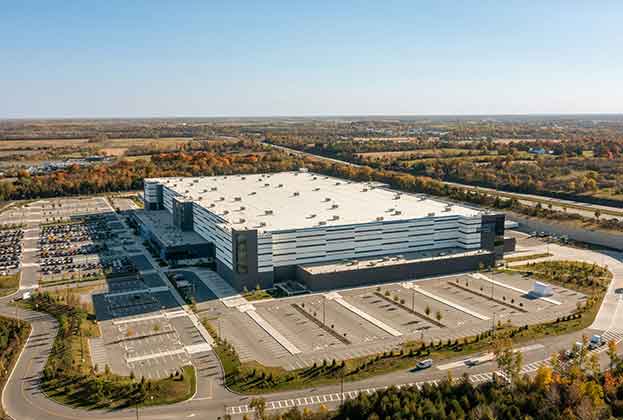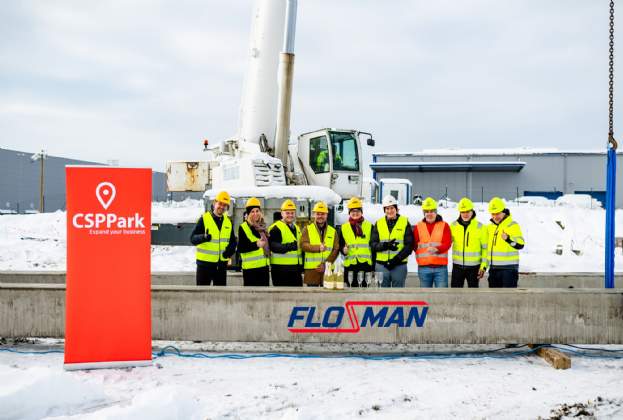The latest edition of Savills Impacts magazine carried an article about the future of warehouses that gave seven examples of forward-thinking policies, groundbreaking warehouse designs and innovative supply chain solutions which are transforming urban logistics across the world. None of the featured examples were from the Czech Republic (there were two from the US, two from Asia and three from western Europe) for the simple reason that the factors driving such innovation aren’t present here to the same extent – yet.
As the Impacts article states, the rise of e-commerce fulfilment, the emergence of mega-regions and the continued focus on the environmental concerns of such activities all point to delivery facilities being moved closer to their final delivery points. At present, these real estate facilities tend to be located on the outskirts of cities and were built to serve bricks-and-mortar high street shops rather than the fragmented delivery destinations of today, such as customers’ homes and offices.









.jpg)
